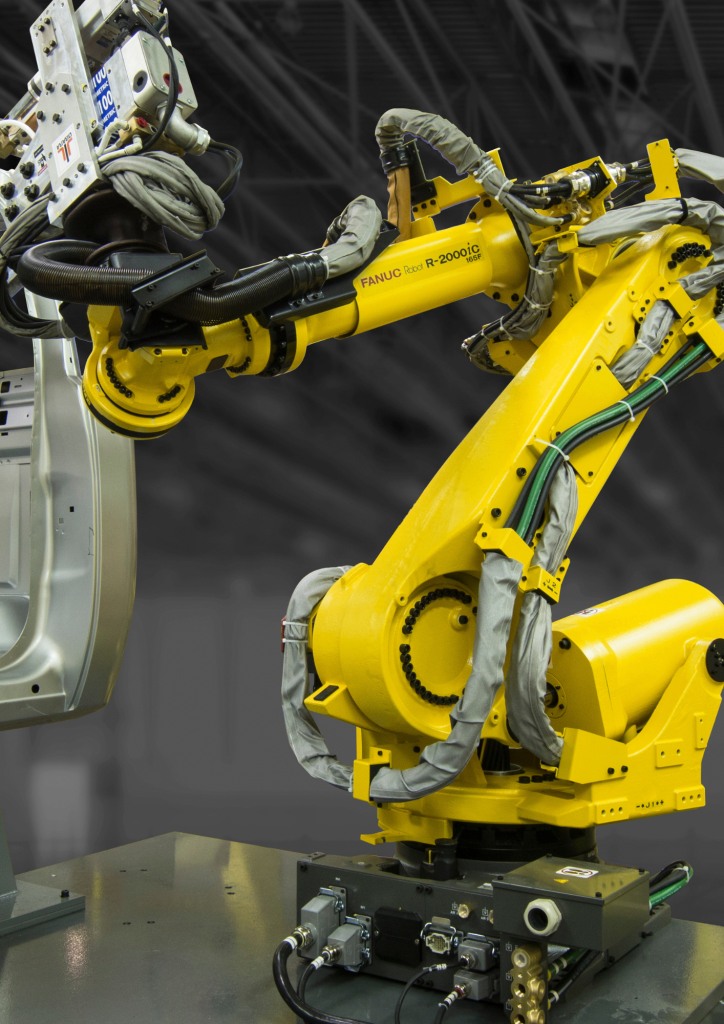The development of robotic arms has revolutionized the manufacturing process, combining precision, safety, effectiveness, and other features that were previously impossible. Robots are mechanical marvels that are now essential to many industries around the world. They were created to cut operating costs and ensure high-quality standards. Robotic arms are now integrated into production lines in order to reduce expenses and enhance security. Let’s see how these cutting-edge machines are transforming the industrial landscape.
Cost-effectiveness is driving the adoption of robotic arms across the world. The demand on factories to decrease manufacturing errors, material waste and workplace injuries is never-ending. A robotic arm addresses these challenges head on. Robots eliminate costly errors and decrease the amount of raw materials, by performing repetitive tasks much more accurately than humans. In high-volume industries such as automotive manufacturing, robot arms ensure an exact assembly process by using precise welding and parts placement. This precision results in significant savings, as less defects result in less waste, rework and working.

Image credit: automatedsolutions.com.au
Safety is another important factor in the development of robotic arms. Human workers are in danger while performing various jobs in manufacturing, such as working with hazardous materials or using machinery that is heavy. By using robot arms employers can keep employees out of these dangerous environments, drastically reducing the likelihood of workplace injuries. Robotic arms, designed as a chain of joints that move could mimic the function of human arms, without causing physical injury. Equipped with hand end effectors, these devices can perform tasks that are hazardous for humans, such as spinning or welding.
Robotic arms are revolutionizing various industries due to their adaptability. Robot arms can adapt to diverse tasks, from automotive assembly to electronic production. They are programmable, which allows them to perform complex operations that include tending machines, painting, or fiberglass application with unmatched accuracy. Robotic arms for warehousing have revolutionized palletizing through the automation of loading of products onto pallets. Automation not only increases efficiency, but also reliability as robot arms are able to operate without a lot of fatigue.
Cobots are an entirely new breed of robots that can work alongside humans. In contrast to traditional industrial robots that are confined to isolated cells, cobots equipped with robotic arms are engineered for safe, seamless interaction with humans. The hands of a robot can be used to perform routine tasks like heavy lifting in factories, ensuring that workers can be freed to take on more challenging tasks. This collaboration enhances productivity while maintaining a safe working space, since cobots are programed to stop or modify their actions if a person is present.
The effects of robotic arms go beyond safety and efficiency, to the very fabric of modern manufacturing. They are crucial for industries that require extreme accuracy in tasks like welding, assembly or even material handling. For instance, in automotive manufacturing, a robotic arm is able to rotate and move parts while assembling, ensuring an exact alignment with no human intervention. Similarly, in electronics, robot arms handle delicate components with care, reducing damage and improving output quality.
Robotic arms are predicted to grow in importance as industries develop. They are a cornerstone for the future of manufacturing due to their capacity to cut costs, increase security, and adjust to various tasks. With cutting-edge technology coupled with human innovation Robot arms are not just tools. They are partners in advancement, bringing innovation to the forefront and changing our way of building the world around us.